The City of Brotherly Love gets much of the attention when it comes to the history of the United States’ founding. True, Philly did serve as the capital and the location of the signing of the Declaration of Independence. And today, you can get up close to the Liberty Bell or visit the Museum of the American Revolution. But the surrounding suburbs of Philadelphia played an important role, too. Crucial battles were fought in some of these areas. But it was the battle of a different kind that makes Valley Forge Park worth visiting.
Valley Forge wasn’t a battlefield. There was no big speech given here. There was no declaration or the like written or ratified here. Valley Forge was a camp for the American Continental Army for six months. But this was no relaxing camping trip.
The History Behind Valley Forge
When the roughly 12,000 soldiers arrived at Valley Forge in 1777 six days before Christmas, they were exhausted. Only a year earlier General George Washington had led the troops across the nearby Delaware River into New Jersey on Christmas. That move gave the struggling army a big win and a glimmer of hope.
But a year later things were looking grim. The Continental Army had suffered a series of defeats. The English army had control of Philadelphia.
Less than 20 miles northwest of Philadelphia, the Continental Army set up camp in the small village of Valley Forge. They were already struggling to secure supplies and the somewhat remote location didn’t help the situation. More than 2,500 soldiers died that winter in Valley Forge.
The Continental Army decided to wait out the winter. 2,000 wooden huts were constructed. Each hut took 80 logs and a week to construct. Axes were in short supply.
But Valley Forge served as a turning point. By early in 1778 supplies were arriving. Prussian Baron Friedrich von Steuben arrived as a volunteer to train the troops. Steuben was highly respected for his experience and knowledge of military drills and discipline. He was quickly promoted to inspector general and under Steuben’s tutelage, the troops gained confidence and morale. They learned important military skills and spent the winter training.
Six months to the day that they arrived in Valley Forge, an invigorated Continental Army marched out. They retook Philadelphia and pursued the British army north towards New York City.
The rest, as they say, is history.
Visiting Valley Forge Park
Valley Forge Park “commemorates the sacrifice and perseverance of the Revolutionary War generation.” It’s a site that is best seen on foot and by car. First-timers are best served with a stop at the visitor center where you can grab a map, peruse a small timeline exhibit, and watch an introductory video.
From there you can explore on your own. The park offers a map with a 9-stop self-guided tour that is ten miles long. The tour hits all the major spots in the park such as Muhlenberg Brigade, National Memorial Arch, and Washington’s Headquarters.
There’s also a complimentary cell phone tour that provides info and background along the tour. I recommend using your car’s Bluetooth functionality (if it has it) or putting your phone on speakerphone to take advantage and enjoy with ease. The park has parking lots at spots along the tour so that you can get out for a closer look.
Don’t forget to take in the view! The largely empty fields throughout the park are beautiful any time of the year. And keep your eyes open for wildlife, too. The park is known locally for its wild deer population. And there are always birds throughout the meadows.
There are other ways to enjoy Valley Forge Park, such as by bicycle. The park also runs trolley tours.
If you’re looking for a more engrossing or entertaining experience, the park has recently installed story benches where trained storytellers share history with visitors. You can also see reenactors in the park from time to time. If you’re interested in either program, be sure to check with the park ahead of time for the schedule.
Things to See At Valley Forge Park
Muhlenberg Brigade
The main encampment site to visit is the Muhlenberg Brigade on the park’s southeastern edge. The location served as the winter home of soldiers led by General Peter Muhlenberg. Today it has a number of reconstructed log cabins and a reproduction of a regimental Bake Oven.
Washington’s Headquarters
While the soldiers spent the winter in wooden cabins, General Washington, of course, had a stone home. The home wasn’t built for the general but rented to him, including the furnishings. The home served as headquarters for the entire encampment.
Washington Memorial Chapel
Built in 1903, the Washington Memorial Chapel was built in honor of George Washington. The building is Gothic Revival and features a bell tower. It’s still an active Episcopal church.
National Memorial Arch
It’s hard to miss the stunning National Memorial Arch. Up close, the details in the stone are to be admired but it’s just as inspiring when seen from across the park.
The Valley Forge Park Commission originally intended to have two arches but the bill didn’t pass the House of Representatives when it went before them in 1910. Instead, there’s a single arch designed by Paul Philippe Cret. It was dedicated in 1917 after three years of construction.
Patriots of African Descent Monument
Designed by artist Cal Massey and sculpted by Phil Sumpter, the Patriots of African Descent Monument was dedicated in 1993. The monument pays tribute, according to a quote emblazoned on it, to those “courageous Black Patriots who participated in our nation’s bitter fight for independence.”
At Valley Forge, there were said to be many African Americans. According to Thomas Fleming’s Washington’s Secret War: The Hidden History of Valley Forge, the First Rhode Island Regiment consisted largely of African American and Native American Soldiers. It is thought that at least 500 African American soldiers wintered at Valley Forge.
Knox Covered Bridge
Along the Valley Creek Trail is one of the few remaining Chester County covered bridges. Knox Covered Bridge, or Valley Creek Dam Bridge, is a 50-foot long bridge that was built in 1851. Unfortunately, over time it has sustained damage on several occasions and been updated. It is easy to park your car and walk to the bridge for closer inspection. While it is along busy Route 252, it still offers a rather picturesque setting over the creek.
Visiting Valley Forge Park with Dogs
Dogs are not only allowed at Valley Forge Park, they’re welcomed! Throughout the park, the water fountains have built-in dog bowls. And the ubiquitous clean-up bags are also available.
Because Valley Forge is truly a park, dogs have access to most of the site. Visitors interested in the historical aspects can split the visit up between walking and driving. Naturally, there are some buildings that pets can’t enter, such as the visitor center and General Washington’s Headquarters. But those no-go buildings are actually relatively limited.
For parkgoers, if your furry friend enjoys long walks or hikes, he or she will love Valley Forge Park. Our miniature schnauzer, George, simply loves walks at Valley Forge. The variety of terrain makes it interesting and challenging. Of course, you could just go for a picnic or to relax, too. The options are really unlimited.
Getting There
Valley Forge Park is reached most easily by car. It’s located on State Route 23 just off of US Route 422 and near I-76. There’s plenty of free parking available throughout the park.
There are also several SEPTA bus stops within the park.
Save this post for later on Pinterest!
All opinions, as well as all photos, are my own.
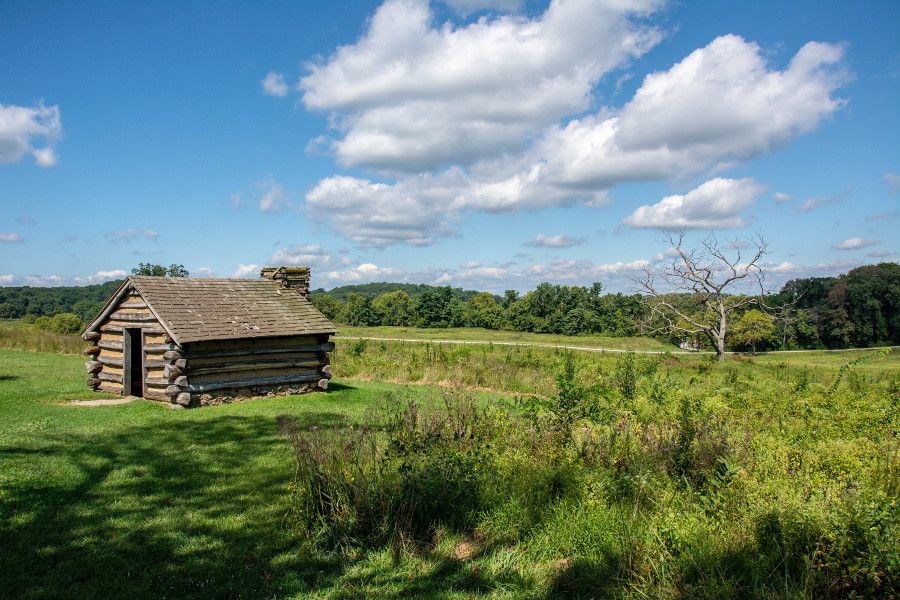
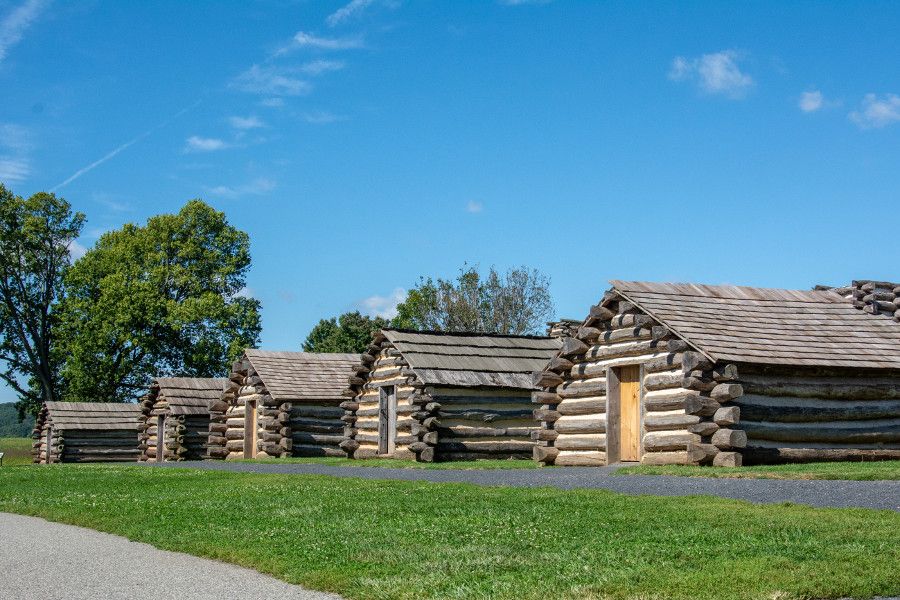
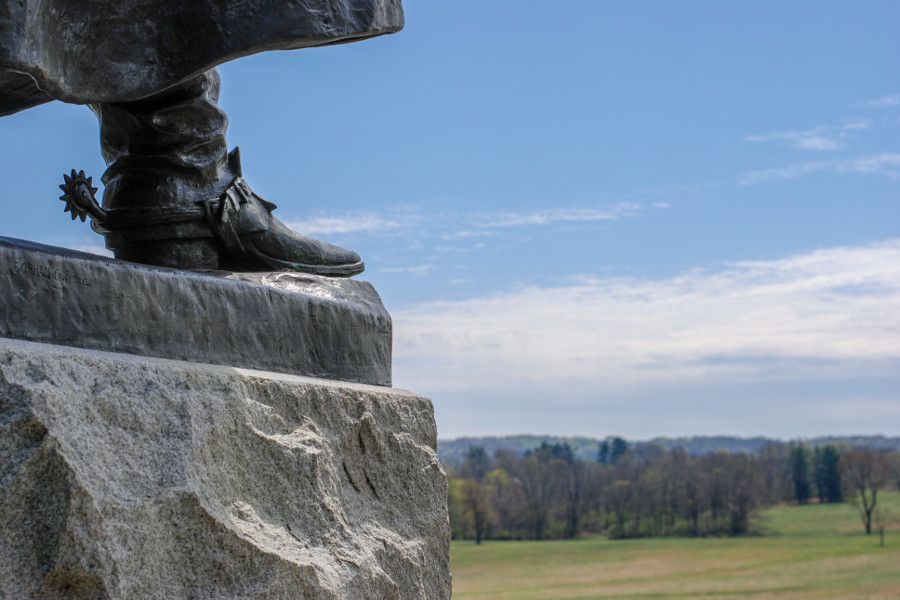
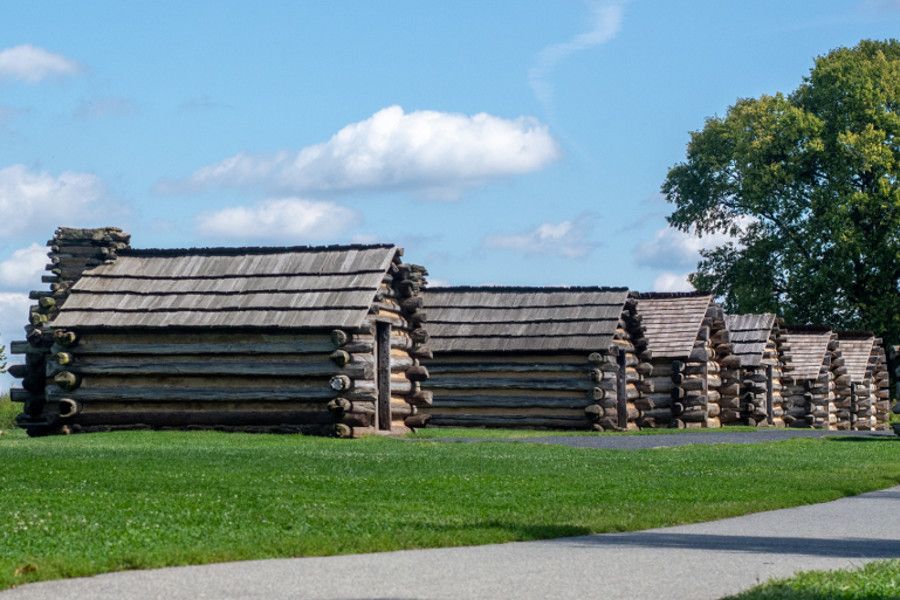


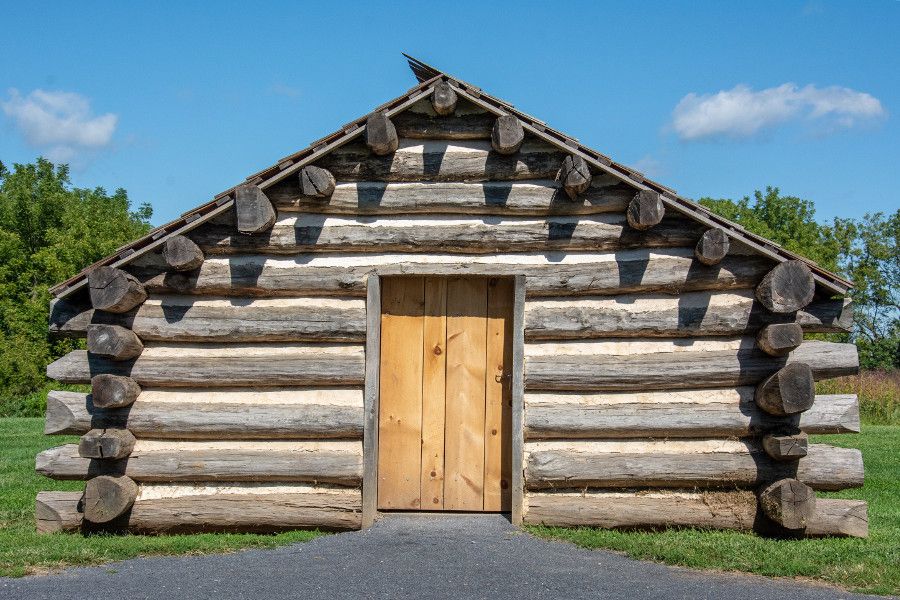
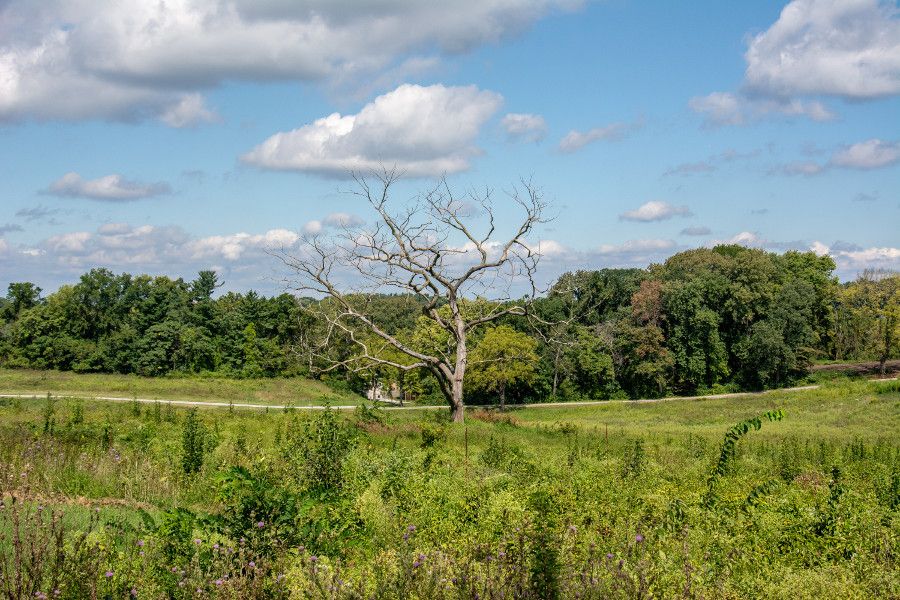
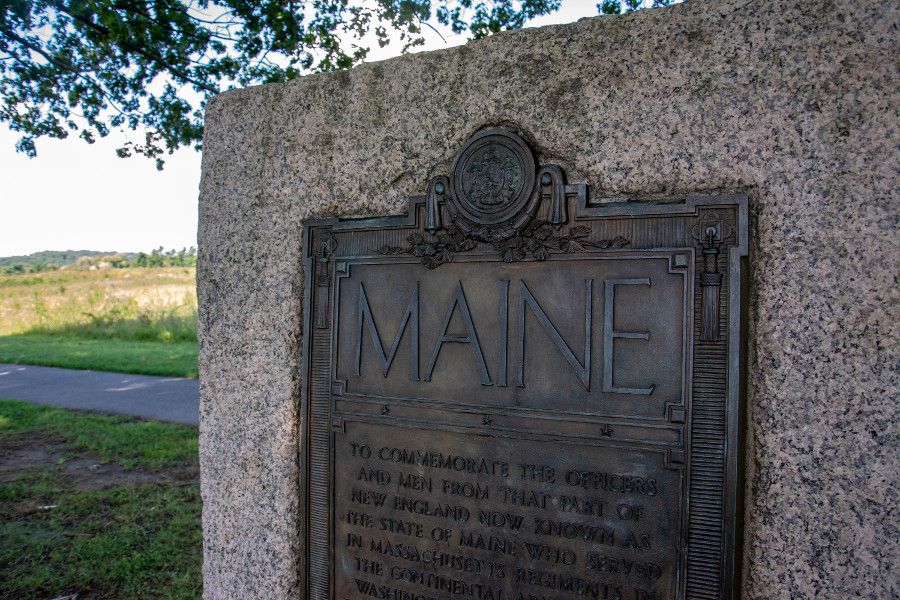
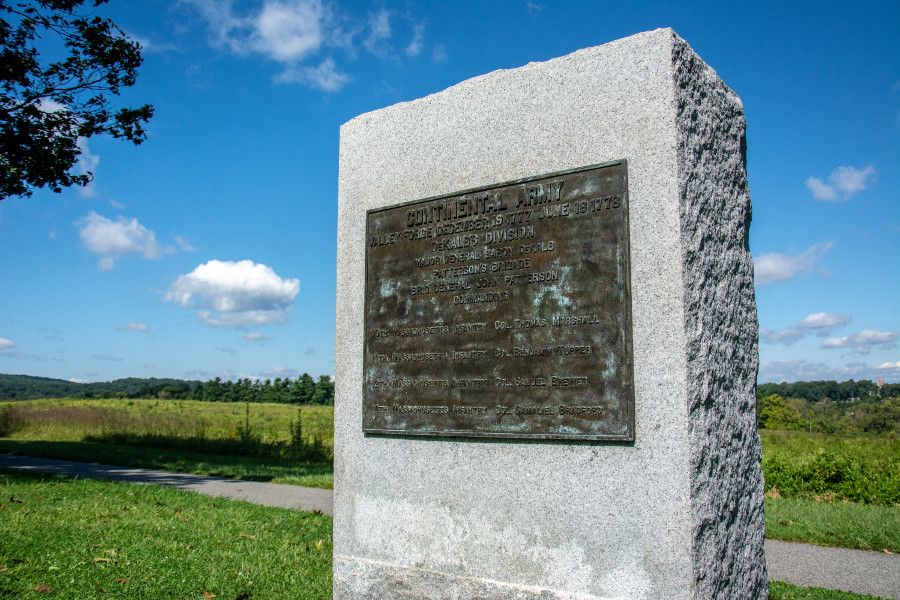
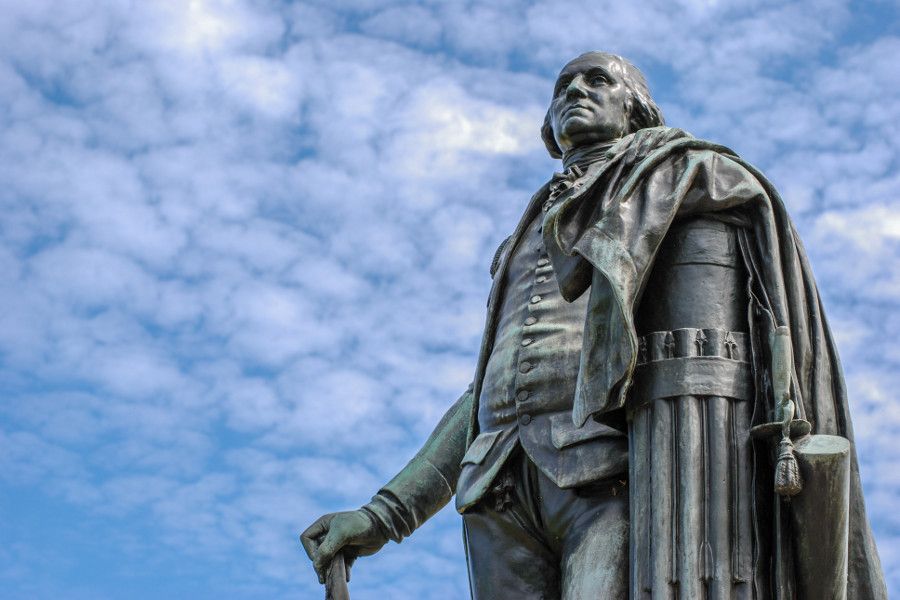
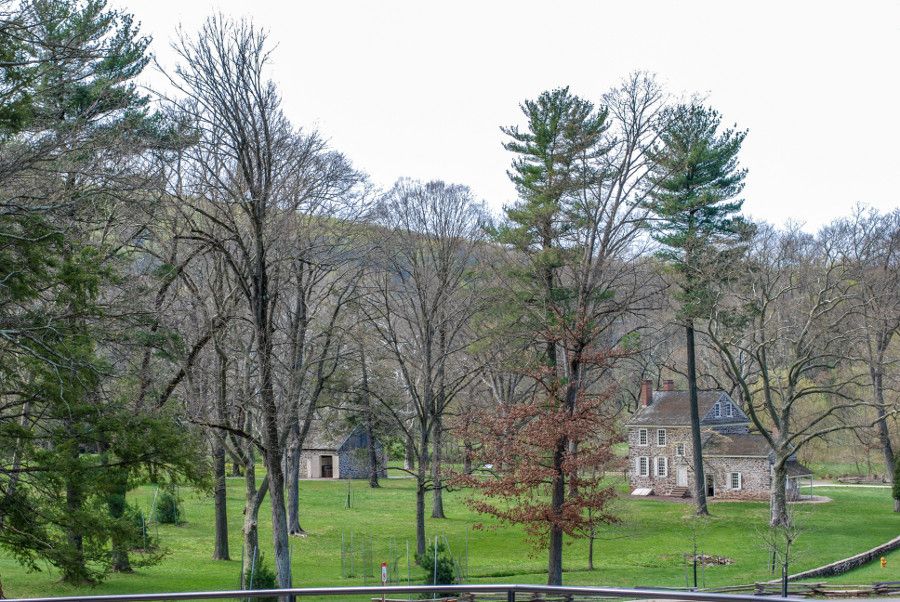
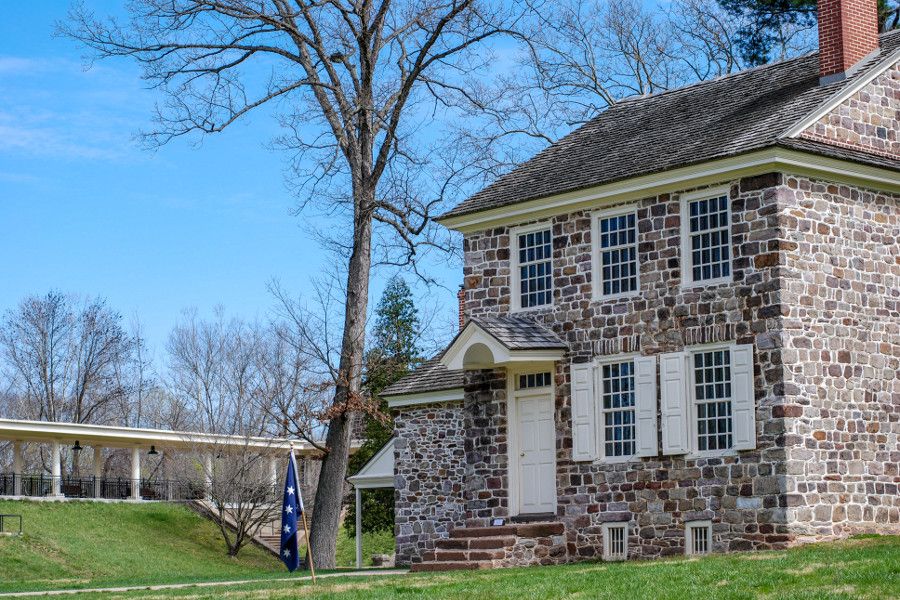
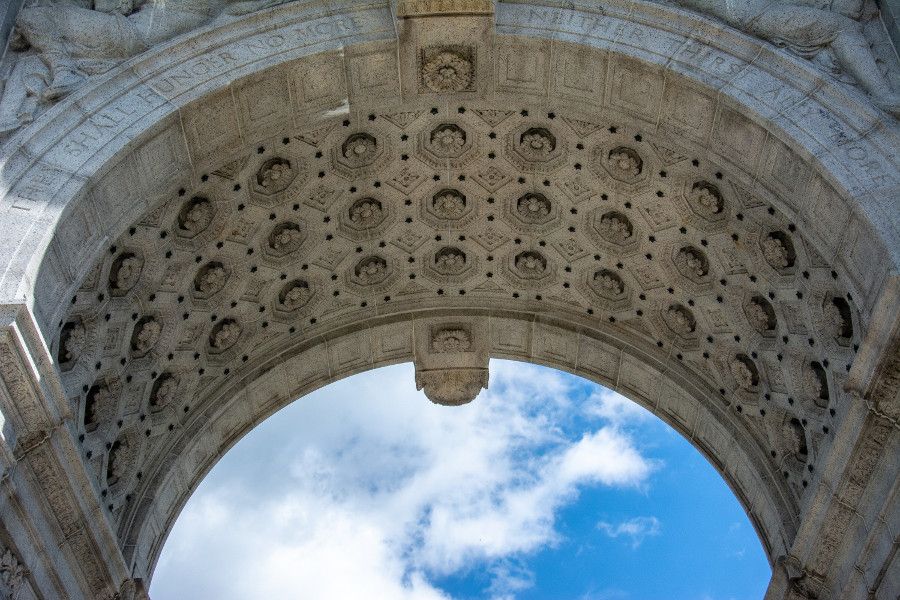
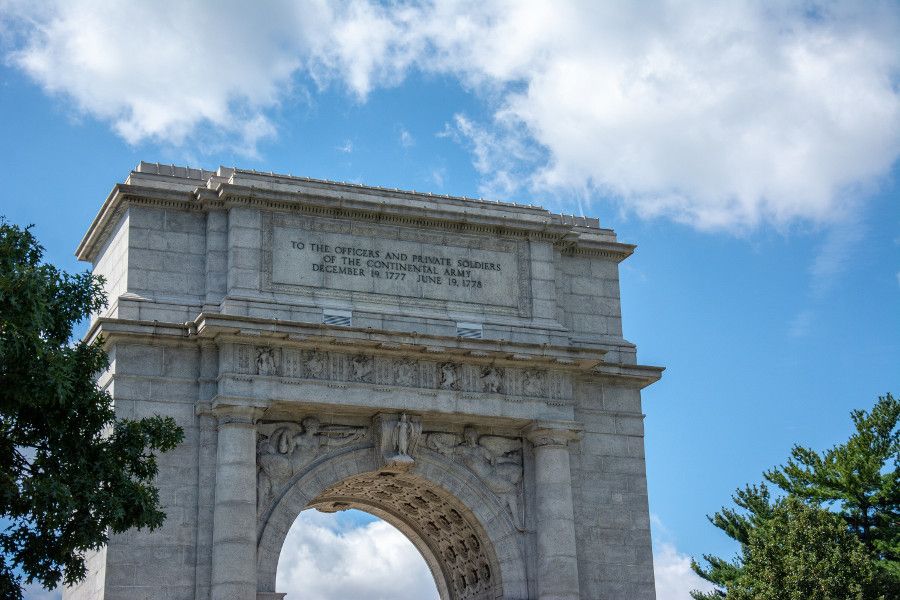
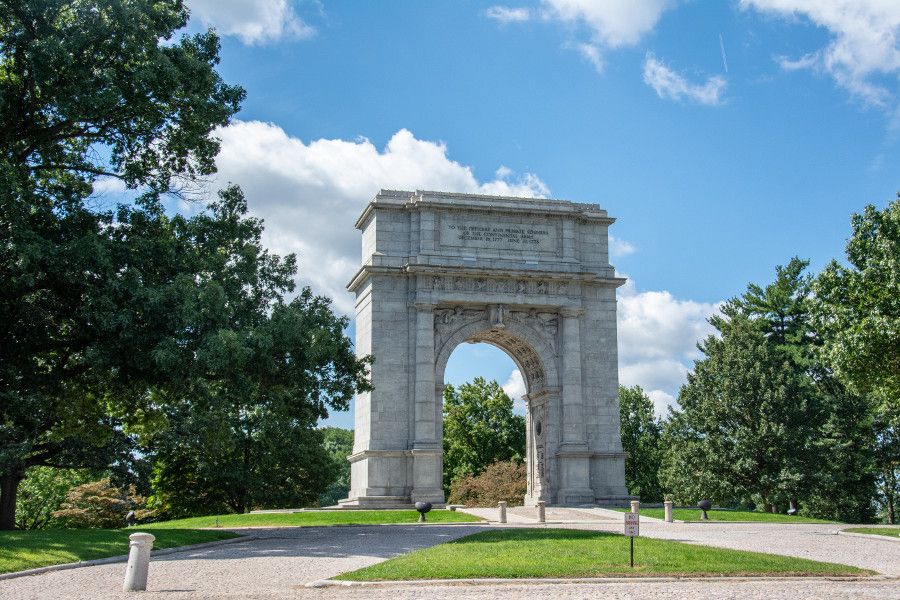
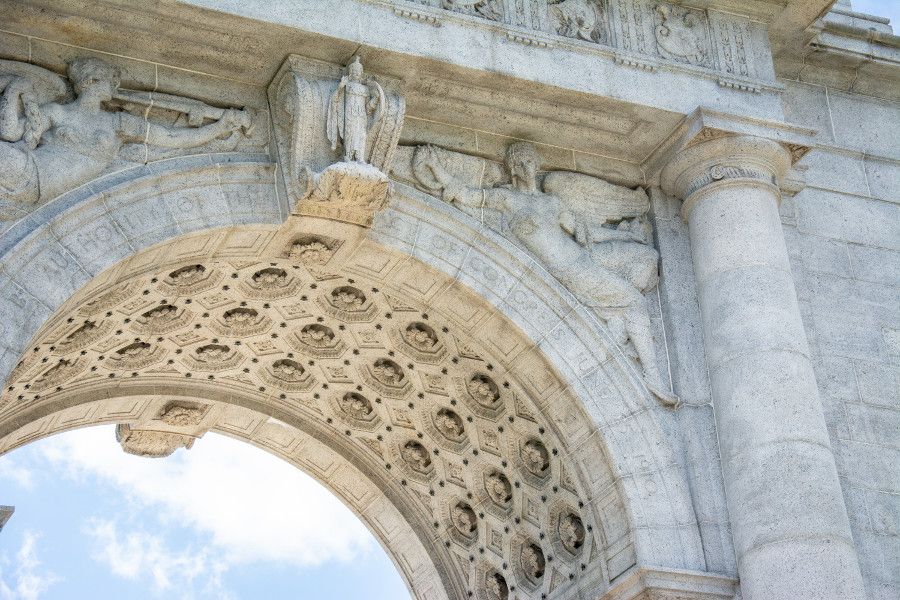
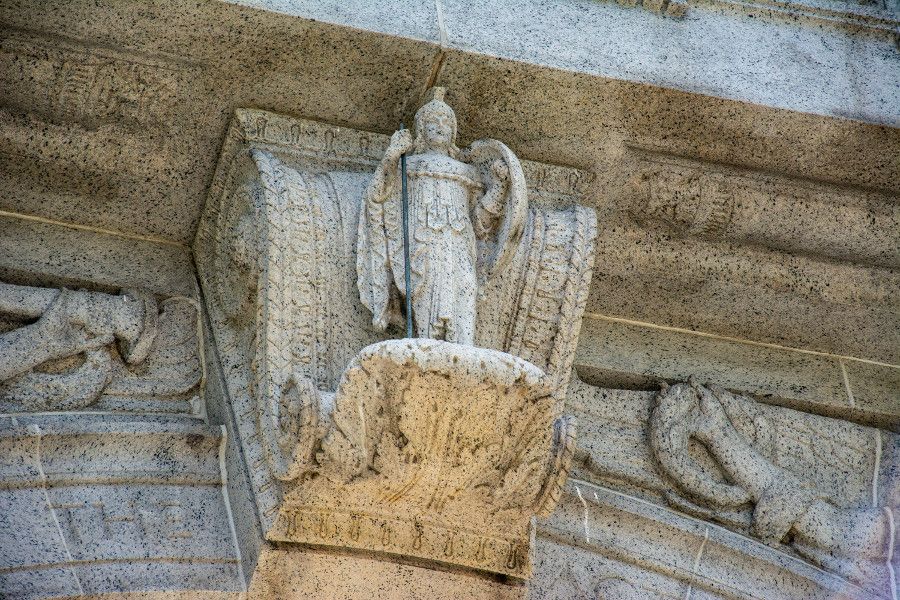
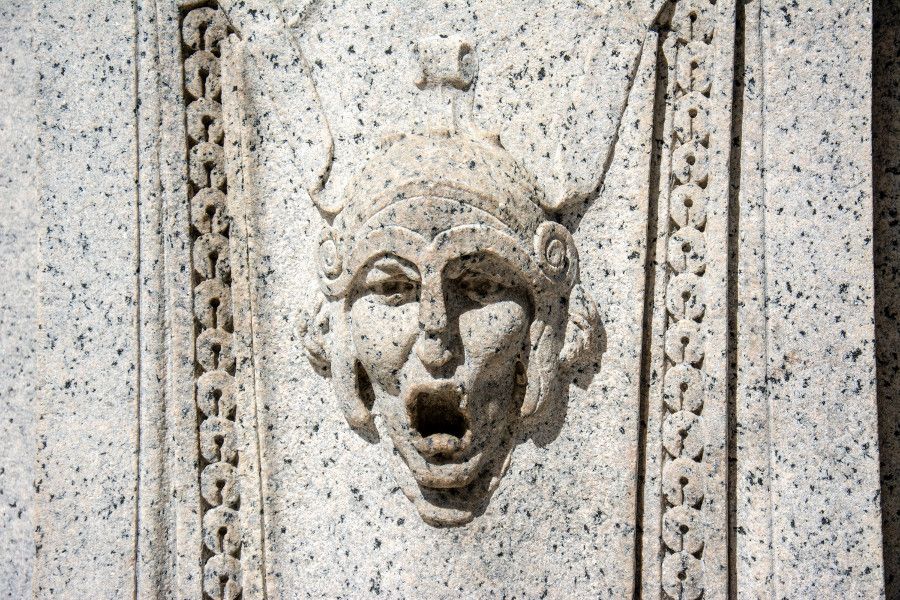
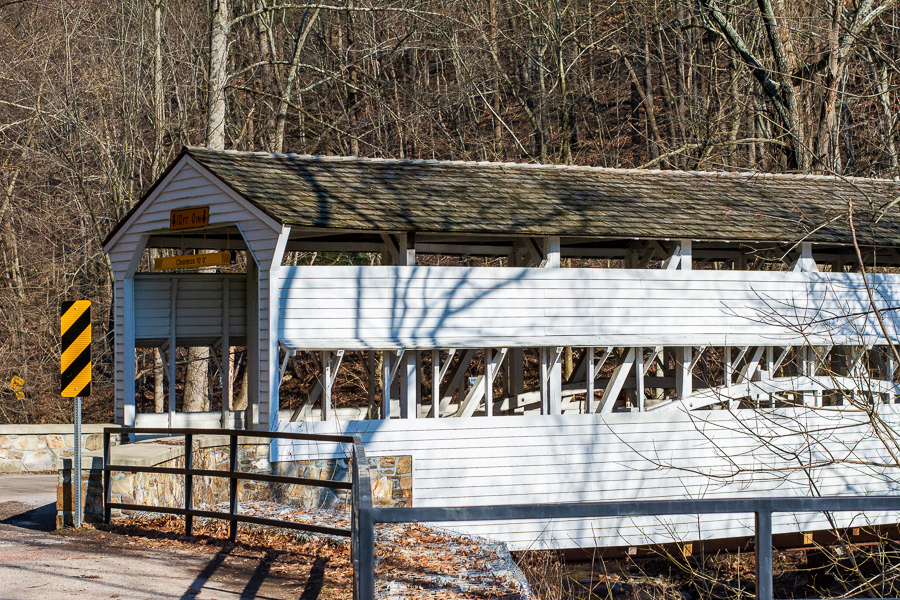
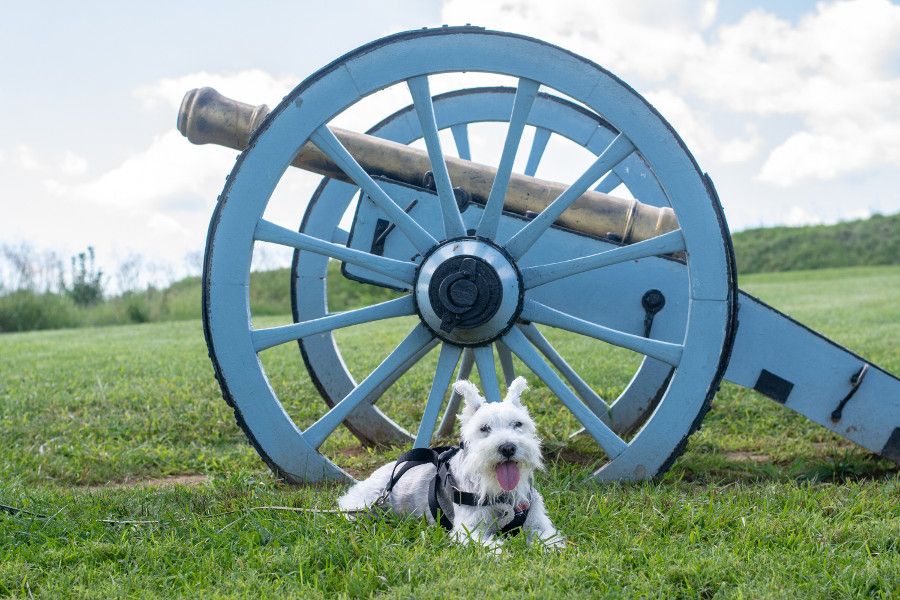
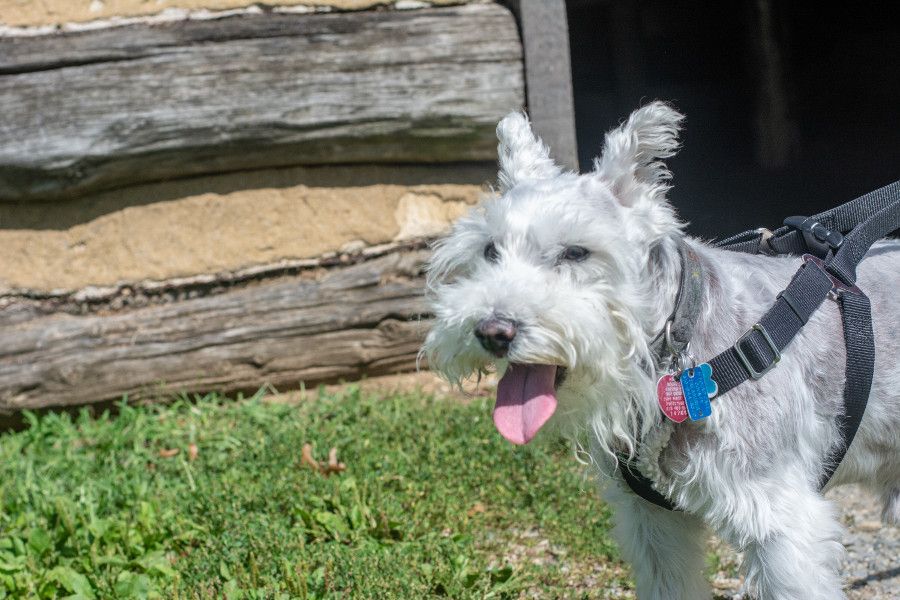
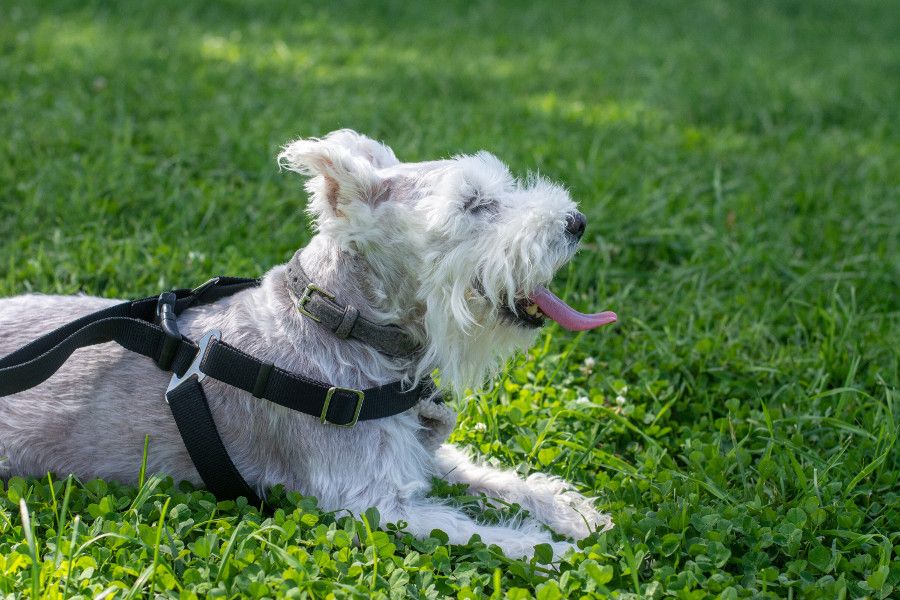
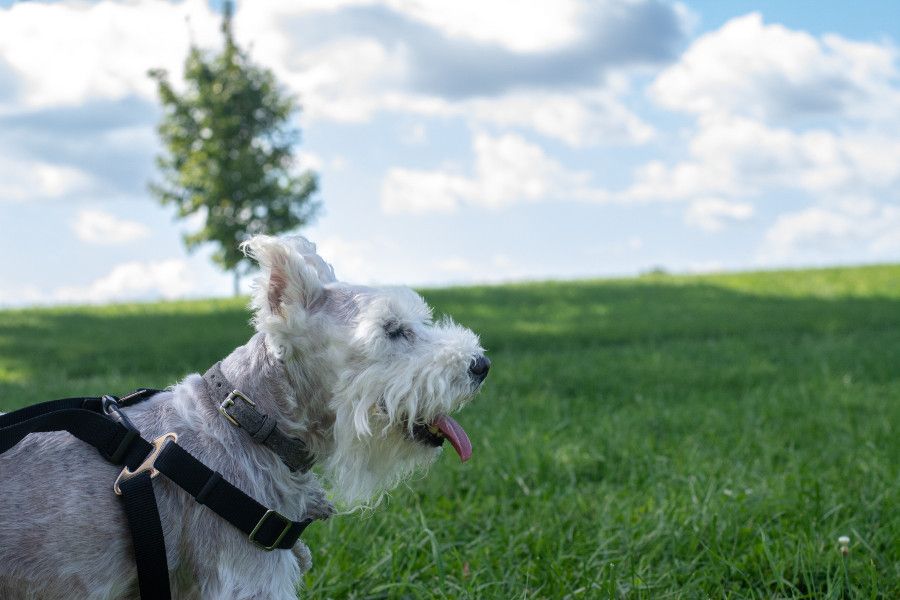
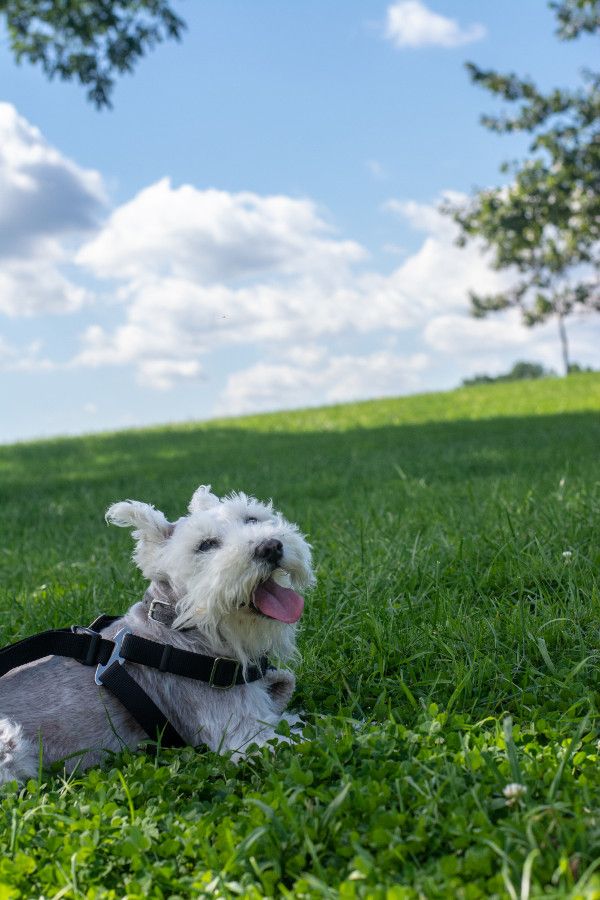
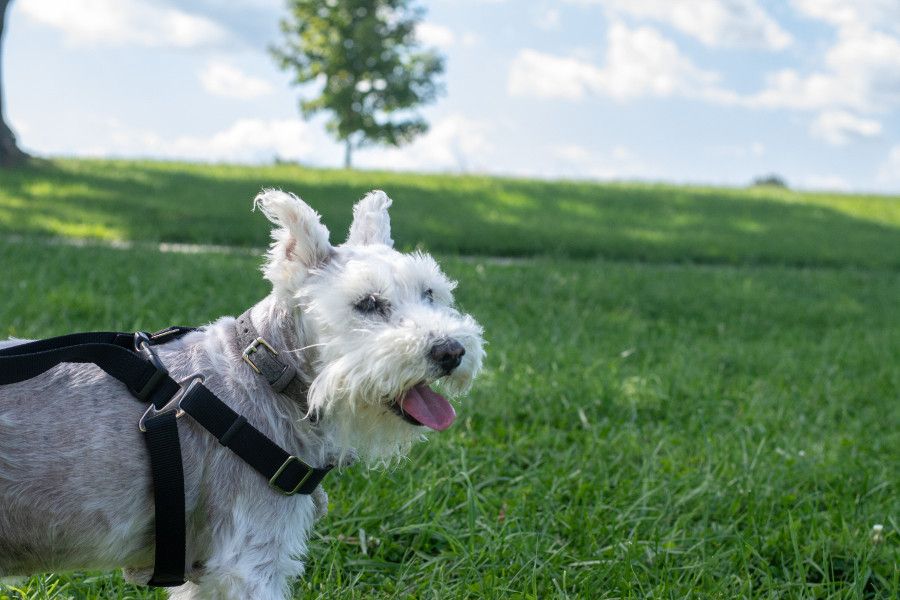


I had no clue about the monument to the African-American soldiers. I’ve been here and totally missed that. It’s a really cool place and definitely one of the top revolution sites to visit if you’re with kids learning about US history.
Valley Forge is so large it’s easy to miss monuments here or there. But I completely agree with you about it being a really educational site: for kids of all ages!
Wow, great idea for the Bluetooth guided tour, I’ve never heard of that! Loved the history you provided and your pup looks SO happy 😀
George’s pretty easy to please. 🙂 The cell phone tour is super convenient!
Looks like the pup had a fun day! Great photos!
Thanks! Glad you enjoyed the post!
I’ve never heard of this place but I flew over this region on my way to Mexico this year. From your post I could learn a lot about American history. Thanks for sharing.
It’s one of those sites that’s important to early US history. Definitely worth visiting if you ever make it back here. 🙂
Omg these cute dog pics are killing me!!!!
hah Thanks! 🙂
Love that you included some dog friendly tips! After all, they also like to explore new places 😉
New places, old places: he’ll explore anywhere! 😉
I’ve never heard of Valley Forge, but it sounds like a great place to visit (and dog friendly too!) Your dog looks adorable and so happy to be traveling!!
It’s really a great family friendly location with lots of history!